Brandy
Grapes are the most cultivated type of fruit for wine. Naturally, it is the most distilled style of wine. It originated from the desire to extend the shelf life of wine for extended trips. The result: Brandy.
Introduction
Brandy is, according to the Alcohol and Tobacco Tax and Trade Bureau: “Spirits distilled from the fermented juice, mash or wine of fruit or from its residue at less than 95% alcohol by volume (190 proof) having the taste, aroma and characteristics generally attributed to brandy and bottled at not less than 40% alcohol by volume (80 proof)...Brandy distilled solely from the fermented juice or mash of whole, sound, ripe fruit or from standard fruit wine, with or without the addition of not more than 20 percent by weight of the pomace of such juice or wine or 30 percent by volume of the lees of such wine or both. Such brandy may include up to 30% on a proof gallon basis of lees brandy.”
Ingredients
-
Grapes Brandy Ingredients
-
Fruit Brandy Ingredients
<
>
Grape Brandy
The ingredients of brandy are simple: fruit, yeast, and water. What makes a difference in flavor is the type of fruit used. Even if the fruit used are grapes, in the way that Cabernet Sauvignon wine tastes different than Chardonnay, the specific type of fruit used will make a difference. Unlike cognac, Pisco, or Spanish brandy, American brandy does not require specific grapes to be used.
.
American Brandy Grapes
Colombard is a common grape used. However, a multitude of other grapes, including St. Emilion, Chardonnay, Pinot Noir, Grenache, Muscat and others are also used.
The ingredients of brandy are simple: fruit, yeast, and water. What makes a difference in flavor is the type of fruit used. Even if the fruit used are grapes, in the way that Cabernet Sauvignon wine tastes different than Chardonnay, the specific type of fruit used will make a difference. Unlike cognac, Pisco, or Spanish brandy, American brandy does not require specific grapes to be used.
.
American Brandy Grapes
Colombard is a common grape used. However, a multitude of other grapes, including St. Emilion, Chardonnay, Pinot Noir, Grenache, Muscat and others are also used.
Other Fruit brandy
An abundance of fruit has historically been the reason other fruit brandies were made. In Czech’s distilling tradition, which continues to today, gardening clubs have distilleries. Other names include: Eaux de vie (France), Rakija (Balkans), and Obstler (Austria/Germany/Switzerland).
An abundance of fruit has historically been the reason other fruit brandies were made. In Czech’s distilling tradition, which continues to today, gardening clubs have distilleries. Other names include: Eaux de vie (France), Rakija (Balkans), and Obstler (Austria/Germany/Switzerland).
|
Apple Brandy
Brandy produced from apples Pear Brandy
Brandy made form pears Cherry Brandy "KIRSCHWASSER"
German for "cherry water" or kirsch is a clear, colorless brandy traditionally made from double distillation of morello cherries. Brandy from a mix of Fruit
Made from a variety of fruit found throughout Europe. Traditional fruit must come from the Austria, Germany and Switzerland region. |
Plum Brandy "Slivovitz" (Cechz)
TTB: “Type of FRUIT BRANDY made from plums”Other Brandies Raisin Brandy
is Dried fruit brandy made from raisins DRIED FRUIT BRANDY
TTB: Fruit brandy is distilled from sound, dried fruit or from the standard wine of such fruit. For brandies of this type (except Raisin Brandy, see below), the word “brandy” must be qualified with the name of the fruit from which it was made and preceded by the word “dried,” e.g., “Dried Apricot Brandy.” |
Production
-
Distillation
-
Solera System
<
>
|
Production Process
Fruit is fermented into a wine using yeast. The wine is then distilled. - The number of times that the “wine” is distilled will change the flavor of the final distillation - The proof age of the distillate will also vary. The higher the proof, the more neutral the flavor of the distillate. The distilled wine may be aged depending on the style of brandy. The duration of time as well as what the distillate is aged in will create significant differences in the final product. Labeling “Brandy” refers to grape brandy. Other types of fruit brandy must be further identified, e.g., “Peach Brandy.” Furthermore, Grape Brandy must be stored in oak containers for a minimum of 2 years. |
Solera System
The dynamic ageing system is based on the establishment of scales (criaderas) in which the brandy progressively flows through each of different “ages” until reaching the desired age. The final scale, called the “solera,” contains the oldest brandy and supplies the finished product.
Once brandy has been removed from the solera (saca), it will be topped up (rocío) with more brandy from the next criadera and then that will be topped up with brandy from the subsequent criadera, etc. The saca and rocio operations produce a complex blend of ages in each butt, meaning that the age of the brandy can only be expressed as an average in function of the number of scales in the solera system, how much brandy is removed at a time and how often this is done. Simply put, the average age of the finished brandy is the total volume in the system divided by the total amount taken out in a year.
The system of criaderas and soleras has been a genuinely unique element in wine production in Jerez since the XVIII century. It originally came about due to market demand for consistency; its uninterrupted use would later give rise to the birth of wines, vinegars and brandies with unique character derived from their blending through the ageing butts.
The dynamic ageing system is based on the establishment of scales (criaderas) in which the brandy progressively flows through each of different “ages” until reaching the desired age. The final scale, called the “solera,” contains the oldest brandy and supplies the finished product.
Once brandy has been removed from the solera (saca), it will be topped up (rocío) with more brandy from the next criadera and then that will be topped up with brandy from the subsequent criadera, etc. The saca and rocio operations produce a complex blend of ages in each butt, meaning that the age of the brandy can only be expressed as an average in function of the number of scales in the solera system, how much brandy is removed at a time and how often this is done. Simply put, the average age of the finished brandy is the total volume in the system divided by the total amount taken out in a year.
The system of criaderas and soleras has been a genuinely unique element in wine production in Jerez since the XVIII century. It originally came about due to market demand for consistency; its uninterrupted use would later give rise to the birth of wines, vinegars and brandies with unique character derived from their blending through the ageing butts.
Brandy Types
-
Brandy De Jerez
-
Cognac
-
Armagnac
-
Chile Pisco
-
Peru Pisco
-
Pomace Brandy
<
>
Regions |
Grapes must be grown and the spirit must distilled and packaged in either Atacama D.O. or Coquimbo D.O. |
Grapes |
Main Varieties: Airén grapes from Castile de la Mancha, and Palomino. |
Distillation |
Still Type: Distillation occurs in column stills or copper pot stills known as “alquitaras”. Distillation Process
|
Dilution |
Dilution occurs, and the final proof is dependent on the intended style. Higher proof spirits are typically used for aged products, as the higher ABV helps to extract flavors from oak. |
Aging/ Classifications |
Aging Vessel: 500-600 litre oak barrels made of American Oak (Quercus Alba), Spanish oak (Quercus Pyrenaica) and French oak, which have previously been seasoned with one of the traditional styles of sherry (Fino, Amontillado, Oloroso, Pedro Ximénez) for a minimum of three years. Age Denominations
|
DO Website |
Regions |
Cognac is made up of sub-regions called “crus”. They are: Grande Champagne, Petite Champagne, Borderies, Fin Bois, Bon Bois, Bois Ordinaires ou Bois a Terroirs
|
Grapes |
Main Varieties: Ugni Blanc Accessory Varieties: Folle Blanche, Colombard, Montilis, Folignan Harvest is by machine when the grapes have a potential alcohol content of 9% ABV. No additional sugar or sulphites are allowed in fermentation. |
Distillation |
Still: Distillation occurs in copper pots in a process called "Charentais distillation". Process Distillation is made up of successive distillations called “chauffes”
|
Dilution |
Dilution after aging is done to bring spirit to proof. |
Aging Classifications/ Styles |
Aging Vessel: Aging starts in new French oak from the Tronçais and Limousin forests. The typical barrel is 350 litres. Aging Process: After a period of time, the eaux-de-vie is transferred into older casks that have fewer extractable oak compounds for longer maturation. Age Duration
Cognac may be colored using caramel color or boisé. Boisé is made by boiling wood chips in water and then reducing out the liquid to intensify the color. |
AOC Website |
Regions |
Bas-Armagnac, Armagnac Tenarèze and Haut-Armagnac |
Grapes |
Main Varieties: Ugni Blanc, Folle Blanche, Colombard, Baco. Accessory Varieties: Clairette de Gascogne, Jurançon blanc, Plant de graisse, Meslier Saint François or Mauzac blanc and rosé. Grapes are harvested in October, pressed and then the juice is left to ferment naturally without the addition of any oenological products. The addition of yeast is allowed. |
Distillation |
Still: Continuous Armagnac alambic still specific to Armagnac. The still is made of copper, has a specific number of plates, and was endorsed in 1818 by a stove maker in Auch, Sieur Tuillière, under the reign of King Louis XVIII. Since then, it has been modified and improved by the region’s distillers. Process: Armagnac is typically distilled once. The distillate comes off the still at 52% to 72% ABV with a typical range of 52% to 60%. |
Dilution |
Dilution after aging to bring spirit to proof |
Aging Classifications/Styles |
Aging Vessel: 400 litre oak barrels mostly from the forests of Gascony or Limousin. Aging Process:
Age Duration.
|
AOC Website |
Regions |
Grapes must be grown and the spirit must distilled and packaged in either Atacama Denominación de Origen (D.O.) or Coquimbo D.O. |
Grapes |
Main Varieties: Muscat of Alexandria or Italia, Moscatel Rosada or Pastilla, Torontel, Muscat of Austria, Pedro Jimenez Accessory Varieties: Hamburg, Early White Muscat,Yellow Muscat, Black Muscat, Muscat Orange, Canelli Moscato, Frontignan Muscat, Musque Vrai Chaselas |
Distillation |
|
Dilution |
Dilution occurs, and the final proof is dependent on the intended style. Higher proof spirits are typically used for aged products, as the higher ABV helps to extract flavors from oak. |
Aging |
|
Classifications/Styles |
Styles are based upon the bottle proof of the spirit
|
Regions |
Mandated by the government in 1991, Peruvian Pisco must be made in the country's five official D.O. (Denomination of Origin) departments: Lima, Ica, Arequipa, Moquegua and Tacna (only in the valleys of Locumba Locumba, Sama and Caplina). |
Grapes |
Non-Aromatic: Quebranta, Negra Criolla, Mollar, Uvina (grown specifically in Lunahuaná), Pacarán and Zúñiga (in the province of Cañete, department of Lima) Aromatic: Italia, Moscatel, Albilla,and Torontel |
Distillation |
May only occur in copper pots, and may only be distilled once. |
Dilution |
Peru pisco may not be diluted with water. |
Aging |
Peru pisco is not allowed to be aged. Rather, it is rested for a minimum three months in vessels of "glass, stainless steel or any other material which does not alter its physical, chemical or organic properties." |
Classifications/Styles |
Four distinct styles depending on the grapes used
- Aromatic and / or non-aromatic piscoras. - Aromatic and/or non-aromatic Pisco musts. - Fully fermented fresh wines from grapes |
Value |
Peru National Pisco Commission (Conapisco): conapisco.org.pe |
Regions |
Many pomace brandies have geographical indication (GI) names. These include: - France: Marc - Italian: Grappa - Portugal: Aguardente Bagaceira - Greece: Τσικουδιά -Spanish: Orujo Each Pomace Brandy has Sub-GI's |
Grapes |
When grapes are fermented in wine making, the residual solids of the skins, stems, and seeds are called pomace or "marc". The duration of time the pomace spends in fermentation depends on the style of wine. Grape pomace is either fermented, semi-fermented, or unfermented, depending on the duration the pomace was in contact with the wine.
A quantity of lees may be added to the grape marc that does not exceed 25 kg of lees per 100 kg of grape marc used. |
Distillation |
According to the European Union Law, grape marc must be fermented and distilled either directly by water vapor or after water has been added. Furthermore, both of the following conditions are required:
|
Dilution and Finishing |
Dilution occurs, and the final proof is dependent on the intended style. Higher proof spirits are typically used for aged products as the higher ABV helps to extract flavors from oak. European Union Law requires that:
|
Classifications |
Marc classifications correspond to European Union GI's: Marc de Bourgogne, Marc des Côteaux de la Loire, Marc des Côtes-du-Rhône, Marc de Provence, Marc du Languedoc, Marc d'Alsace Gewürztraminer Grappa
|
Other Types of Brandy
-
IMMATURE BRANDY
-
LEES BRANDY
-
RESIDUE BRANDY
-
NEUTRAL BRANDY
-
SUBSTANDARD BRANDY
<
>
Grape brandy stored in oak containers for less than 2 years.
- TTB: “Brandy distilled from the lees or sediment from fermentation of fruit wine
- “Lees Brandy” is grape lees brandy. Other types of lees brandy must be further identified, e.g., “Cherry Lees Brandy”
- TTB: Brandy distilled wholly or in part from the fermented residue of fruit or wine
- “Residue Brandy” is grape residue brandy. Other types of residue brandy must be further identified, e.g., “Orange Residue Brandy”
- TTB Any type of brandy, e.g., “Fruit Brandy,” “Residue Brandy,” etc., distilled at more than 85% alcohol by volume (170 proof) but less than 95% alcohol by volume (190 proof)
- “Neutral Brandy” is grape neutral brandy. Other types of neutral brandy must be further identified, e.g., “Neutral Plum Brandy,” “Neutral Citrus Residue Brandy.
TTB Brandy:
- (a) distilled from the fermented juice, mash or wine having a volatile acidity calculated, exclusive of water added to facilitate distillation, as acetic acid and exclusive of sulfur dioxide, in excess of 0.2 gram per 100 cubic centimeters (20 degrees C.)
- (b) distilled from unsound, moldy, diseased or decomposed juice, mash, wine, lees, pomace or residue or which possesses any taste, aroma or characteristic associated with producddistilled from such material
- “Substandard Brandy” is grape substandard brandy. Other types of substandard brandy must be further identified, e.g., “Substandard Fig Brand”
Resources
TTB Chapter 4 Class and Type Designation
https://www.ttb.gov/images/pdfs/spirits_bam/chapter4.pdf
https://www.ttb.gov/images/pdfs/spirits_bam/chapter4.pdf
Classic Brandy Cocktails
Featured Brands
Brandy Available in Hawaii
Printable version
*This document may be shared if Hawaii Beverage Guide is credited

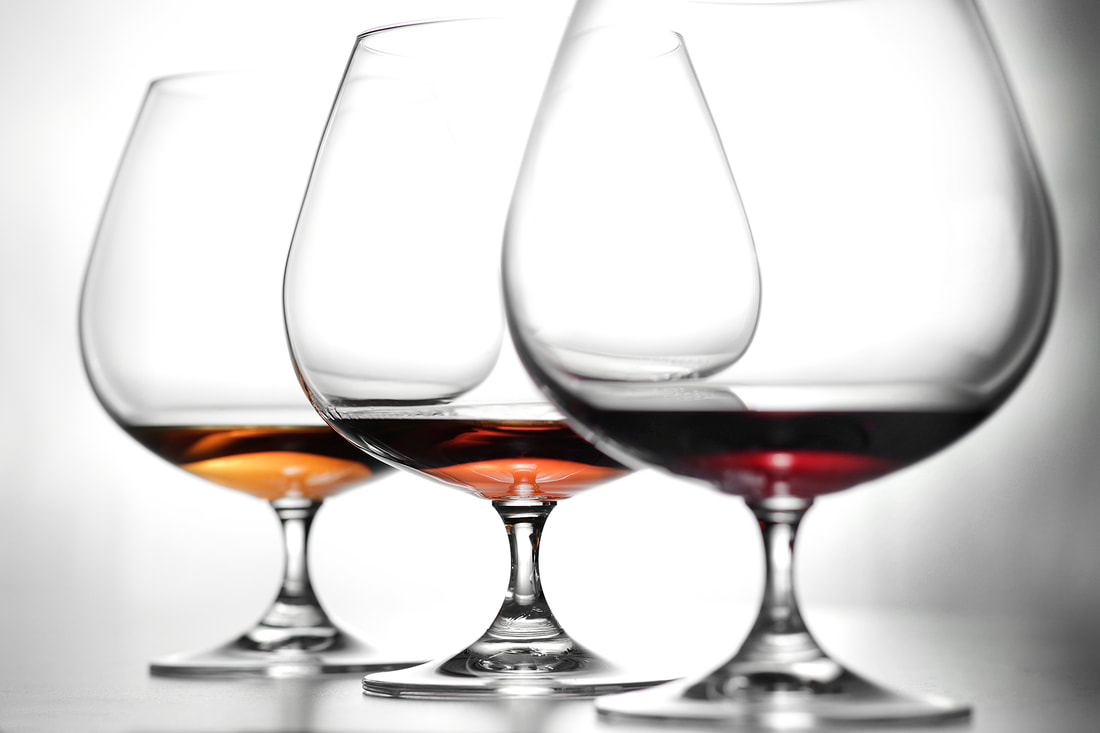
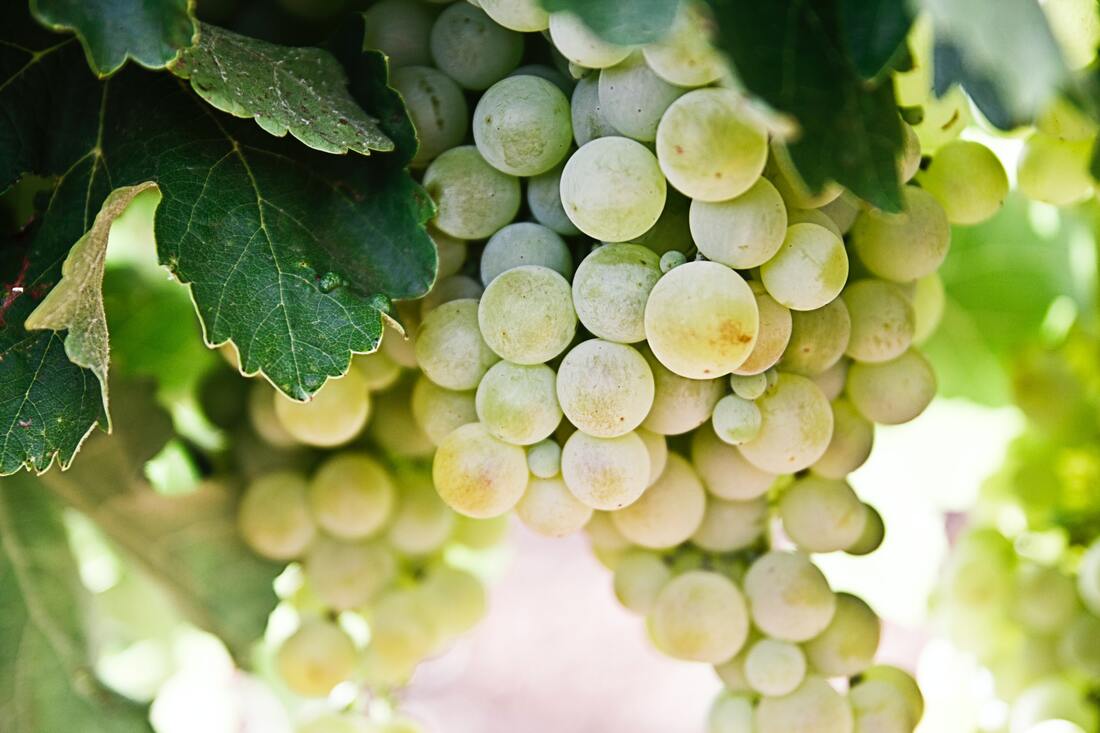
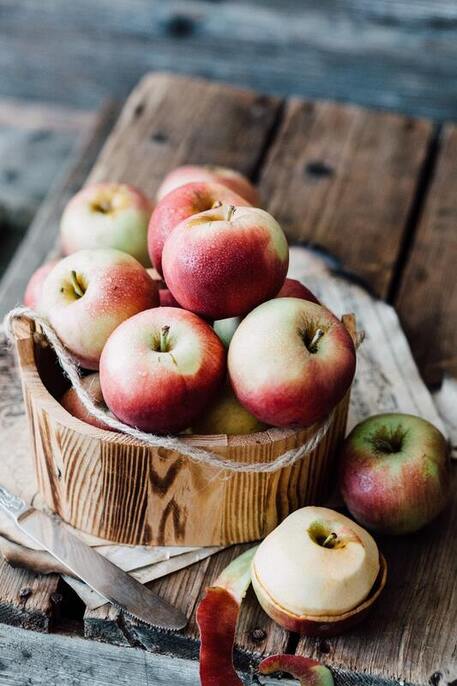
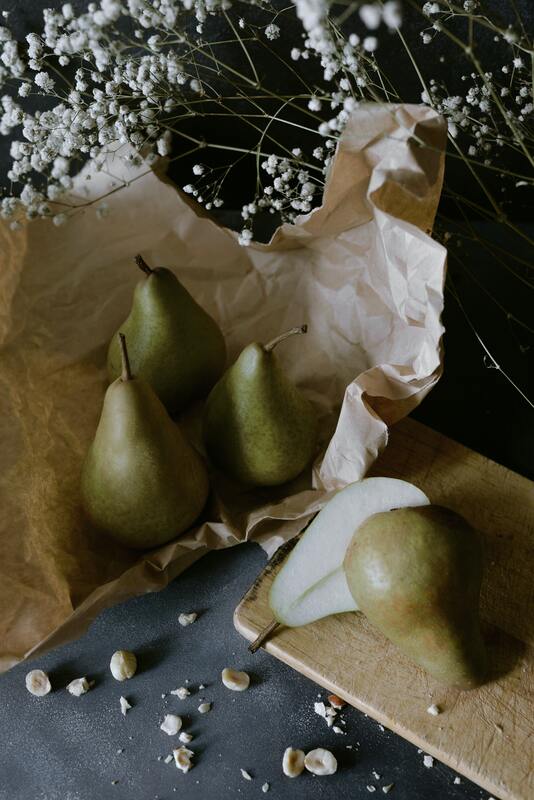
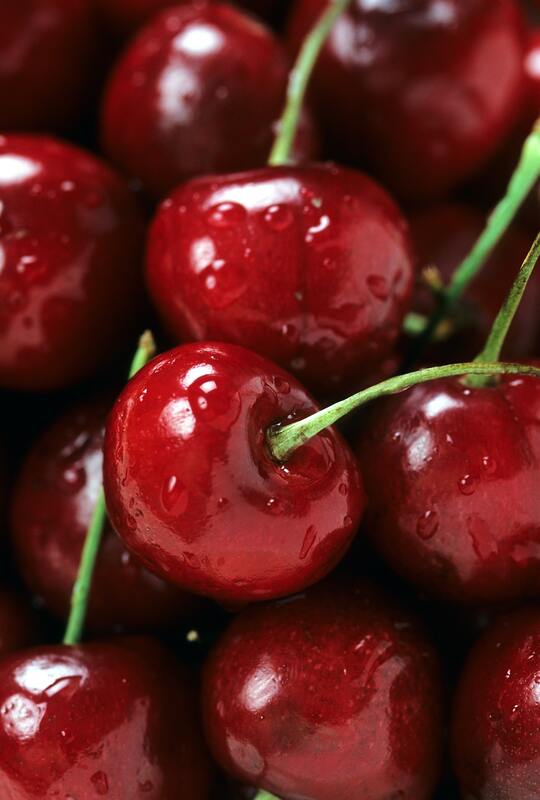
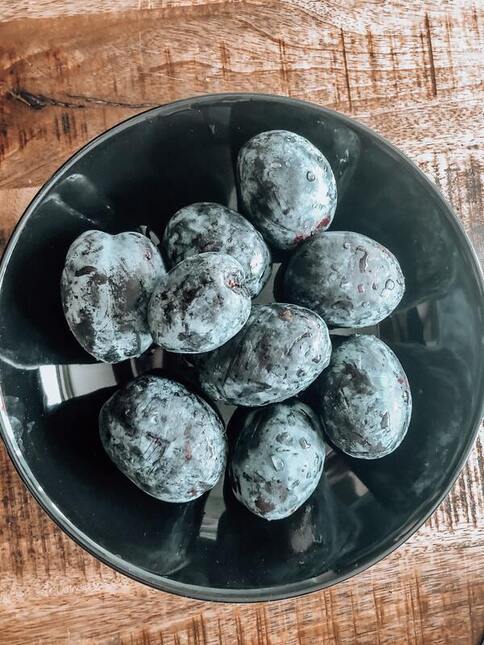
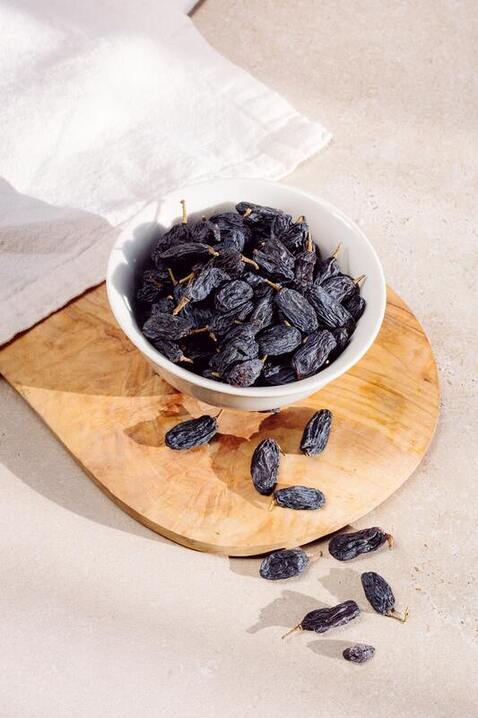
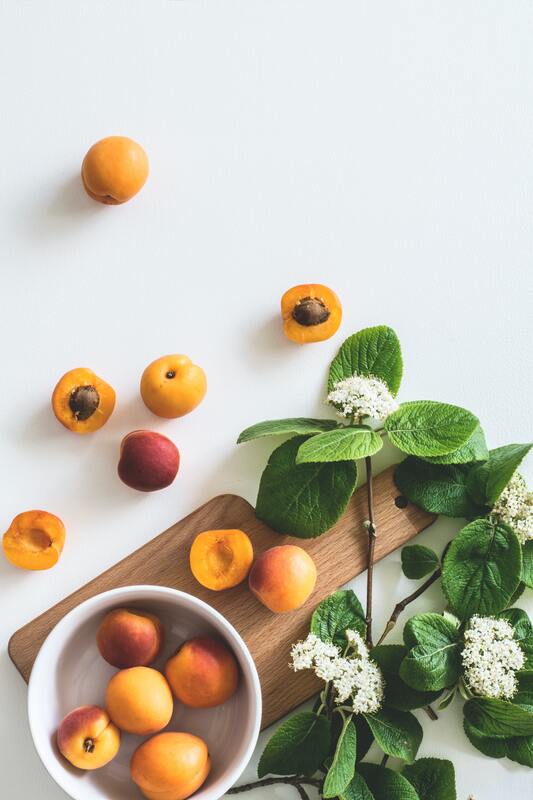

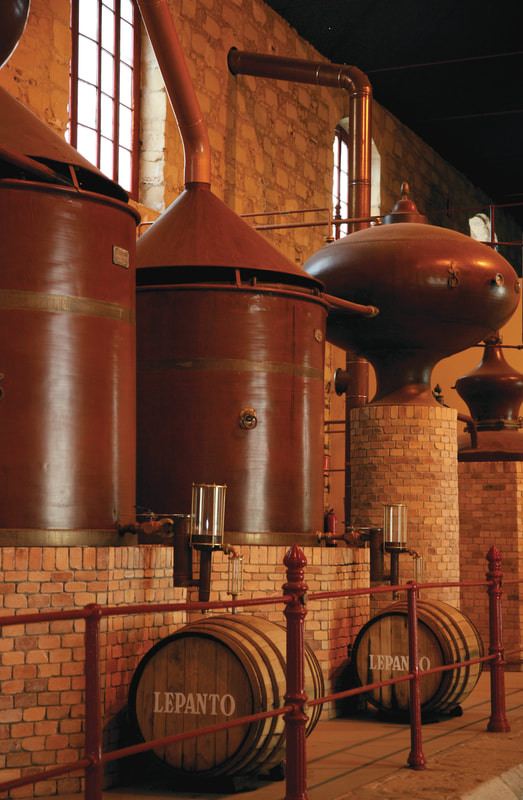
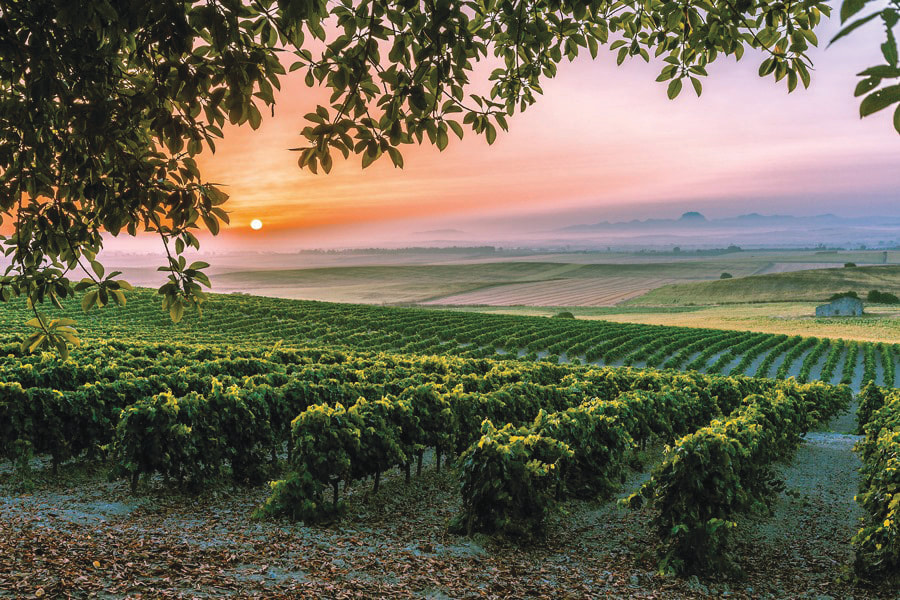
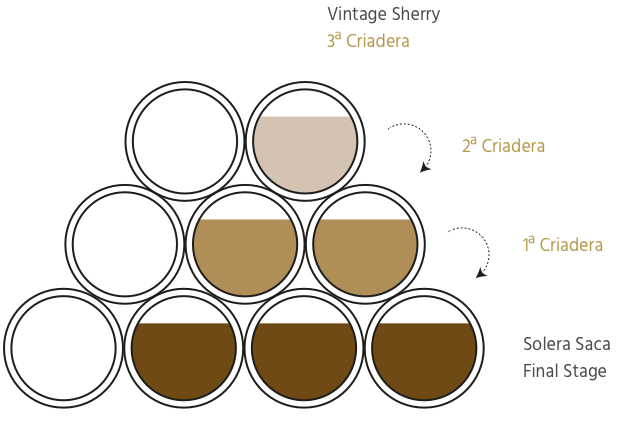
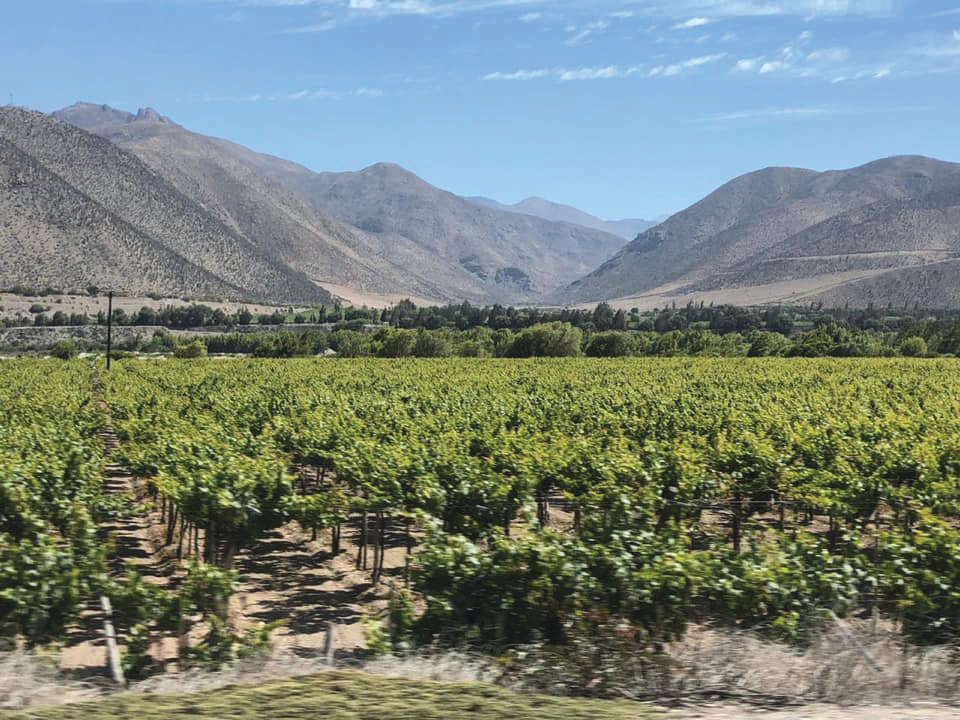
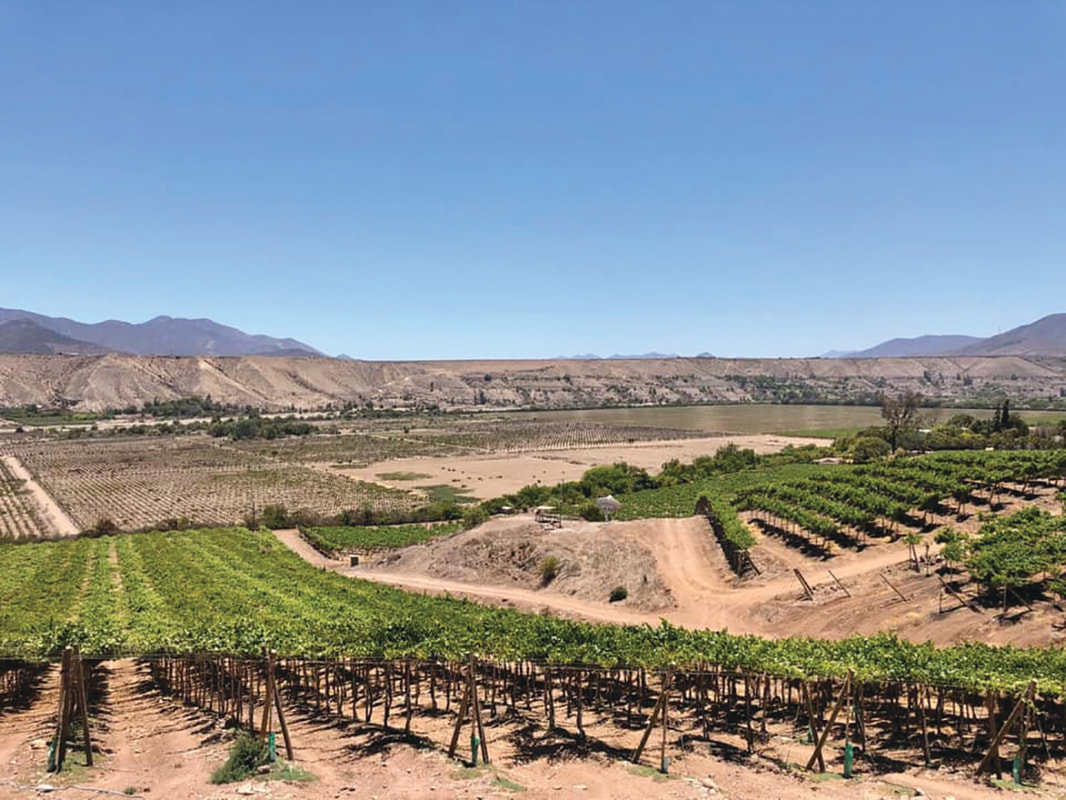


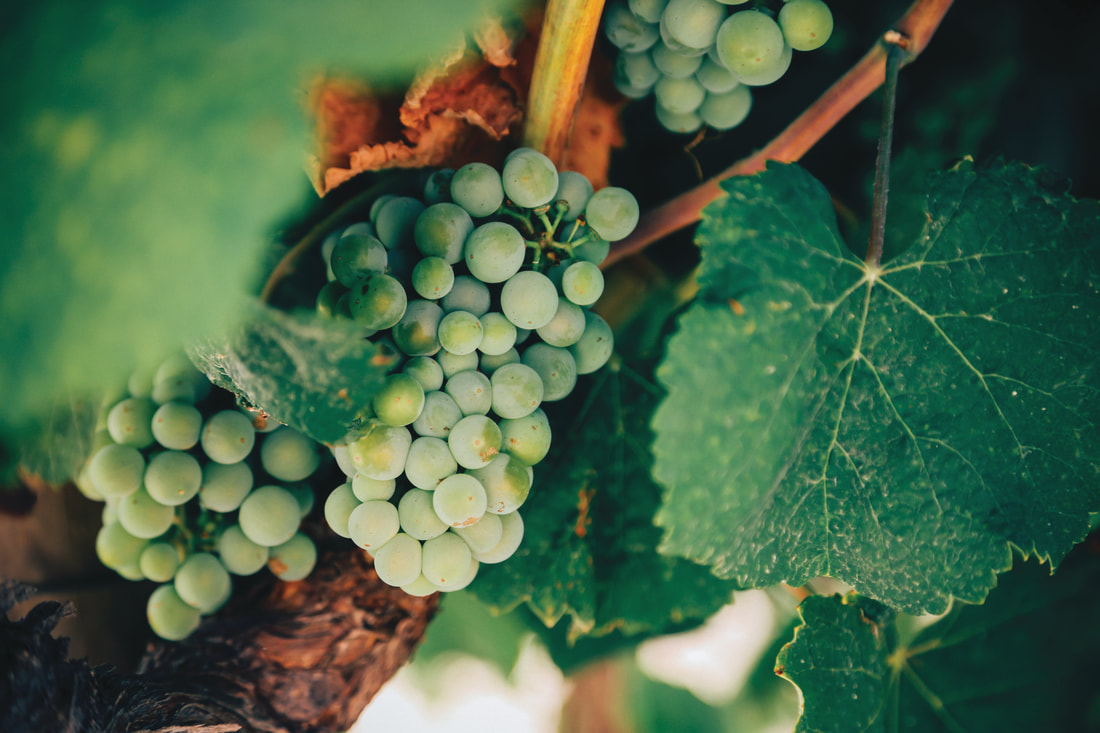

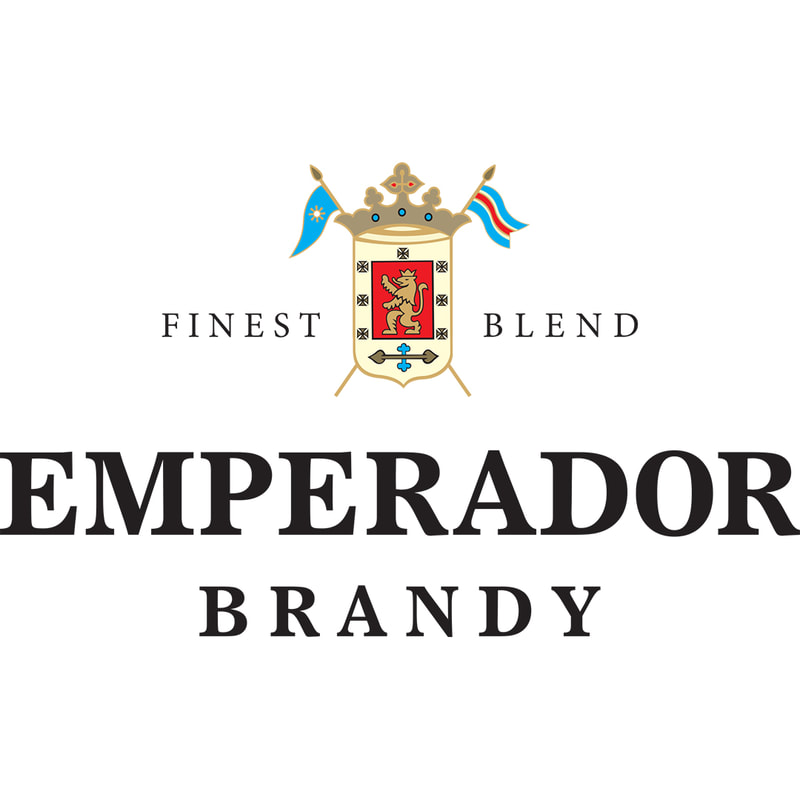
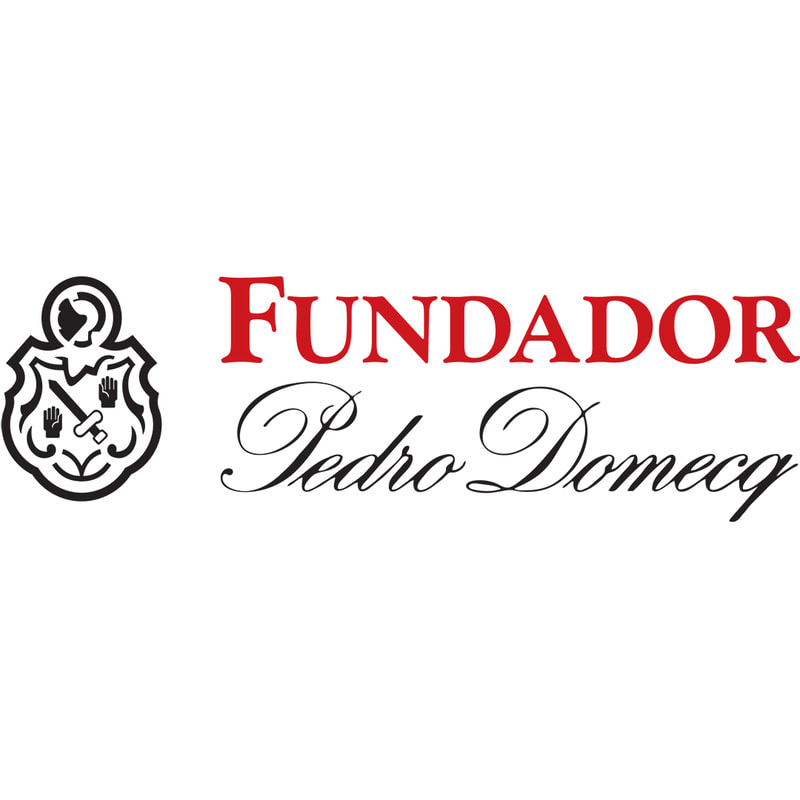
 RSS Feed
RSS Feed